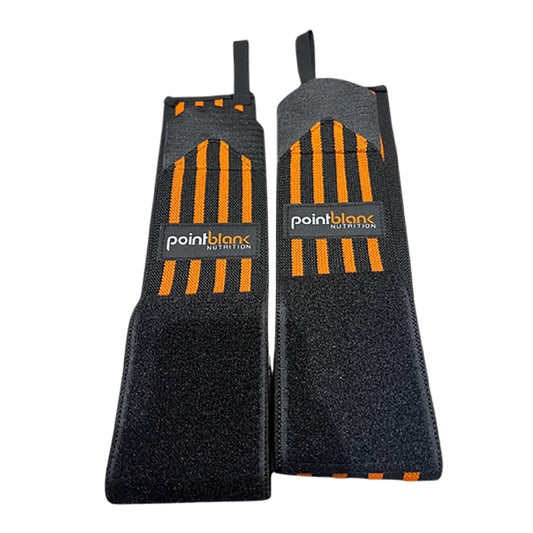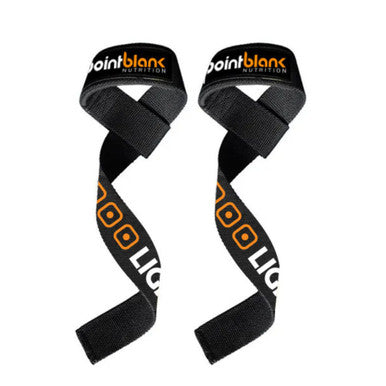Lifting straps are a valuable tool for weightlifters, powerlifters, and anyone who wants to improve their grip strength and performance while lifting heavy weights. They are essentially straps that wrap around the wrists and bar, allowing you to lift more weight without compromising your grip.
What are Lifting Straps?
Lifting straps are usually made of heavy-duty nylon or leather and consist of two loops that are connected by a strong strap. One loop is placed around the bar, and the other is wrapped around your wrists. This secures the bar to your hands, allowing you to lift heavier weights without your grip failing.
Benefits of Using Lifting Straps:
-
Increased Lifting Capacity: Lifting straps allow you to lift heavier weights by removing the limitations of grip strength. This can help you break through plateaus and achieve new personal records.
-
Reduced Risk of Injury: By taking the strain off your forearms and hands, lifting straps can reduce the risk of injuries like tendonitis, sprains, and tears.
-
Improved Performance: Being able to lift heavier weights can lead to greater muscle growth, strength gains, and overall improved performance in your workouts.
-
Reduced Fatigue: Lifting straps help prevent fatigue in your forearms, allowing you to focus on lifting the weight rather than fighting to maintain a strong grip.
-
Versatile Use: Lifting straps can be used for a variety of exercises, including deadlifts, rows, pull-ups, and even some compound exercises like bench press.
When to Use Lifting Straps:
While lifting straps can be beneficial, they shouldn't be used for every exercise. Here's when they can be helpful:
-
Heavy Lifting: When lifting weights that are close to your maximum capacity, lifting straps can help you maintain a secure grip and prevent your hands from slipping.
-
Grip Fatigue: If you experience fatigue in your forearms or hands during a set, lifting straps can help you complete the set without compromising your form.
-
Specific Exercises: Exercises that heavily rely on grip strength, like deadlifts and rows, can benefit from the use of lifting straps.
When to Avoid Lifting Straps:
-
Light Weights: For lighter weights, you should focus on building your natural grip strength.
-
Grip-Focused Exercises: Exercises that specifically target your grip strength, like farmers carries or grip exercises, should be performed without straps.
Important Considerations:
-
Proper Technique: Always use lifting straps correctly to avoid injury. Make sure the straps are snug but not too tight.
-
Grip Strength Development: While lifting straps can help you lift heavier weights, it's important to continue working on your grip strength to avoid becoming reliant on them.
-
Seek Professional Guidance: If you're unsure about how to use lifting straps correctly, consult with a qualified personal trainer or strength coach.
Lifting straps are a valuable tool for weightlifters, but they should be used strategically and responsibly. By understanding their benefits and limitations, you can use them effectively to enhance your training and achieve your fitness goals.
 Nutrition FACTS
Nutrition FACTS Find a store
Find a store






